Lomandra longifolia, or Common Mat Rush, is abundant along the NSW coast growing and in SA, Victoria and Tasmania in a range of environments from coastal dunes to dry Sclerophyll forest. It can also be seen growing in median strips and petrol station garden beds 😉 Little do most people know it is also a tasty bushfood! Not only can it be eaten it is also used as a fibre for weaving and making string and baskets.
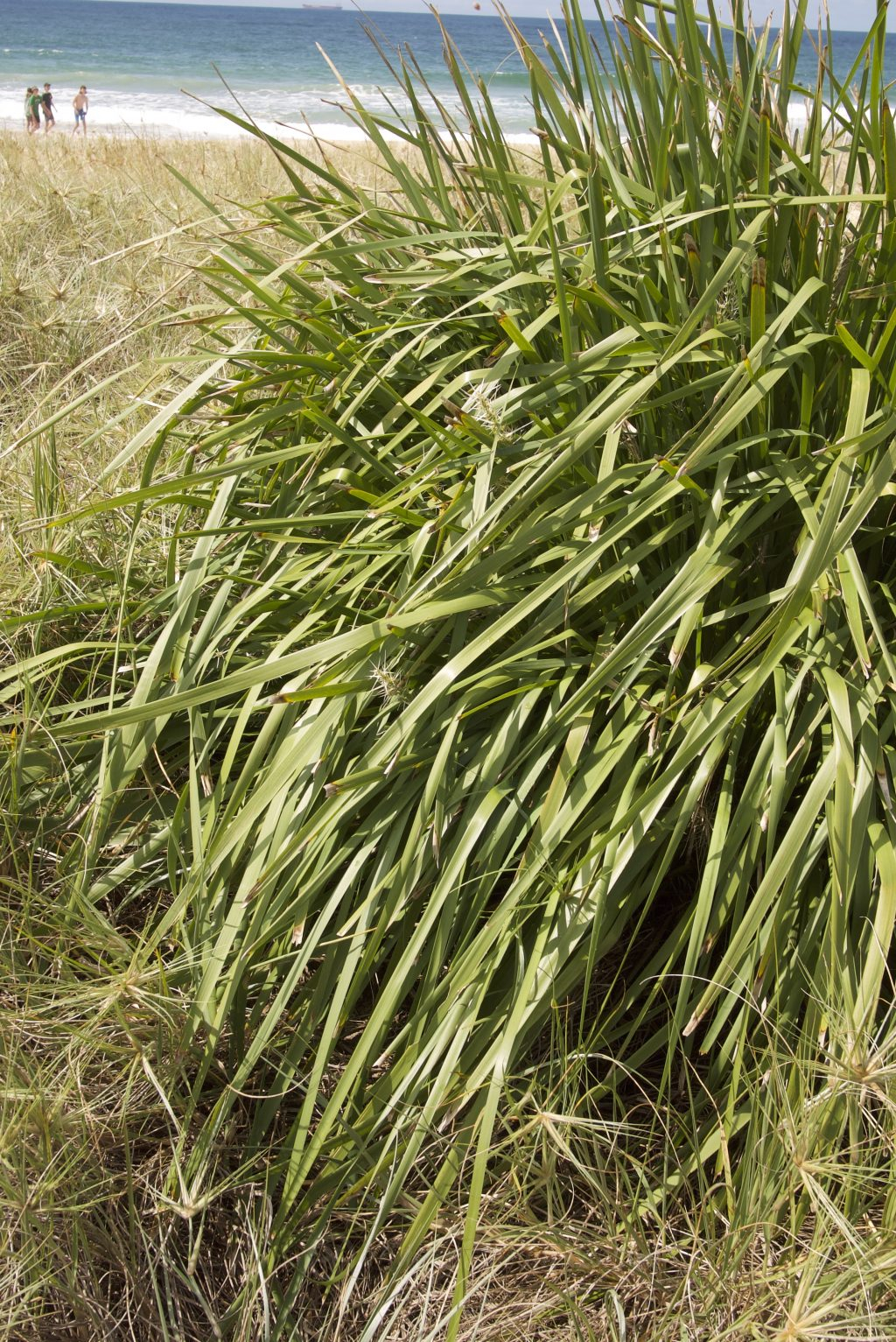
The base of the steams are starchy and have a slightly sweet green pea taste. They look a bit like raw leeks. The strength of the flavour can vary from stem to stem, plant to plant, which probably has something to do with how healthy the plant is and the soil/environment it’s growing in. The tastiest stems are always the thick fleshy ones.
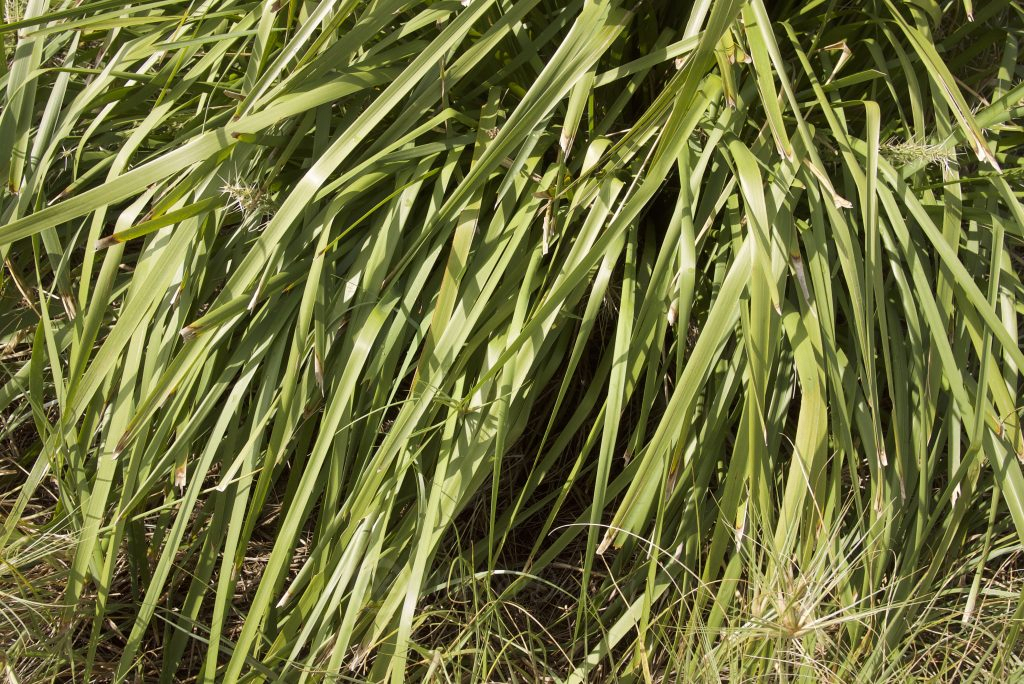
Be careful pulling it out, the edges of the leaves can give you a nasty paper cut if you’re too enthusiastic. It’s best to hold right near the base of the plant and give it a firm tug. The white fleshy base is the part that you chew on, don’t actually swallow the whole stem.
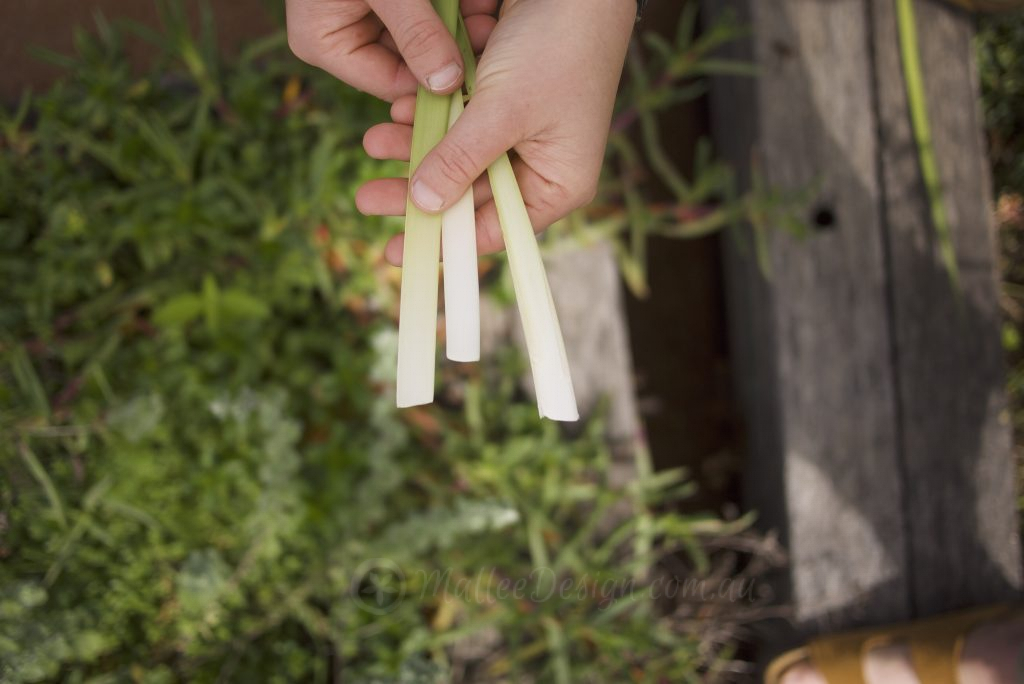
You can identify Common Mat Rush by the shape of the its leaves – wide (about 1cm), strappy and thin with jagged ends. Often the end of the leaf falls off and becomes square or looks scalloped. It grows to about 1m high x 1m wide.
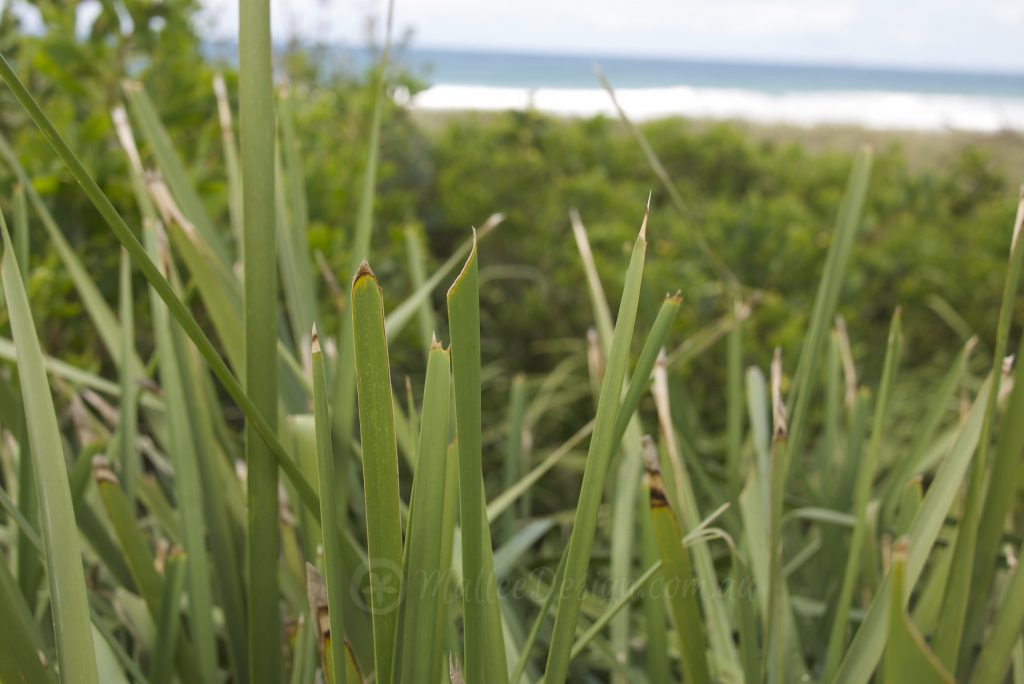
You can also tell the plant by the large yellow flower spikes it produces in late winter-spring, these spikes are also fragrant especially in warm Summer weather. Over time they turn grey and the seed dries. Traditionally the Gadigal people ground the seed into a flour used to make damper or cakes.
The crushed roots were also used to ease the sting of ant bites or grubs and the strappy leaves used to make mats and baskets for carrying food (Dilly Bags).
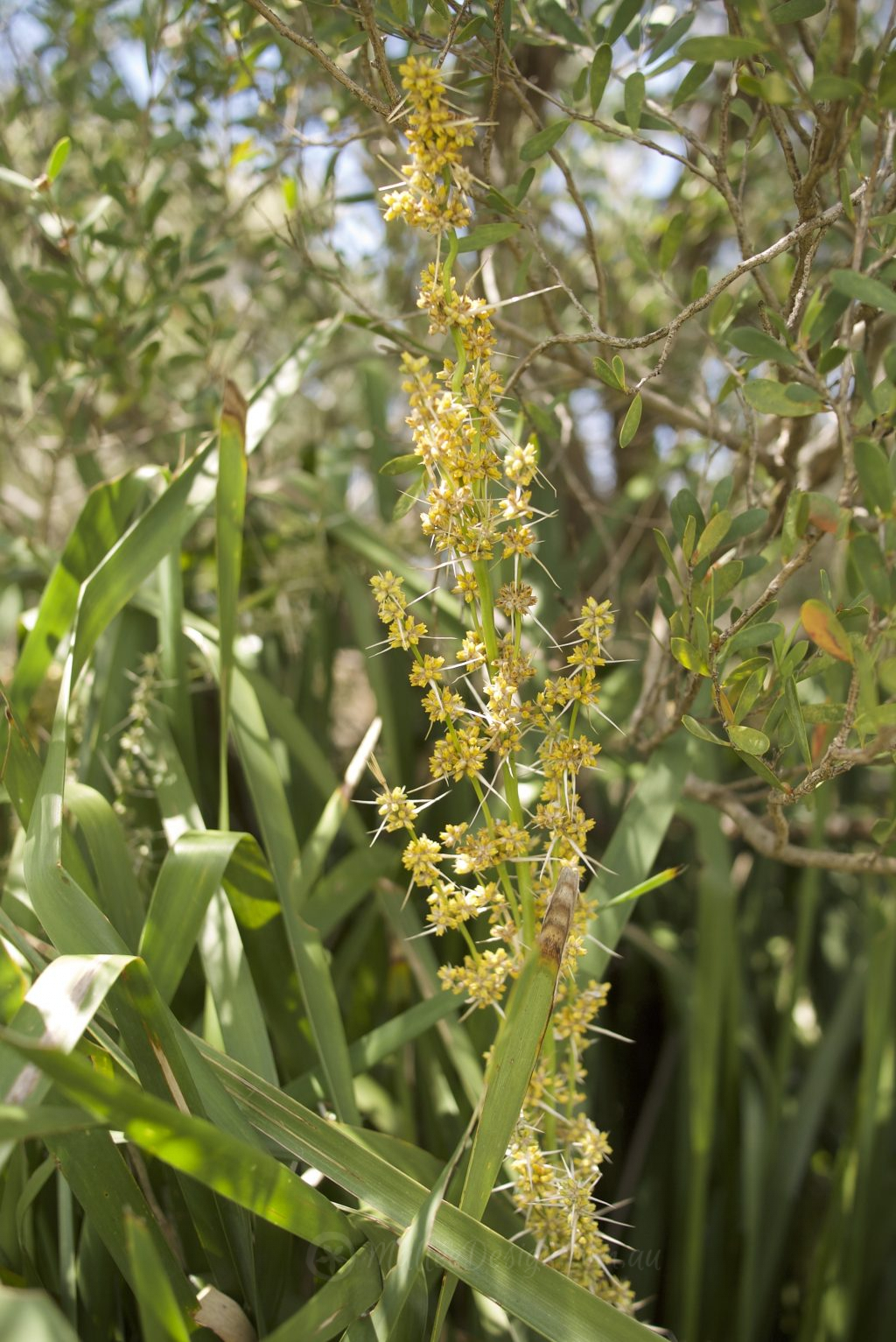
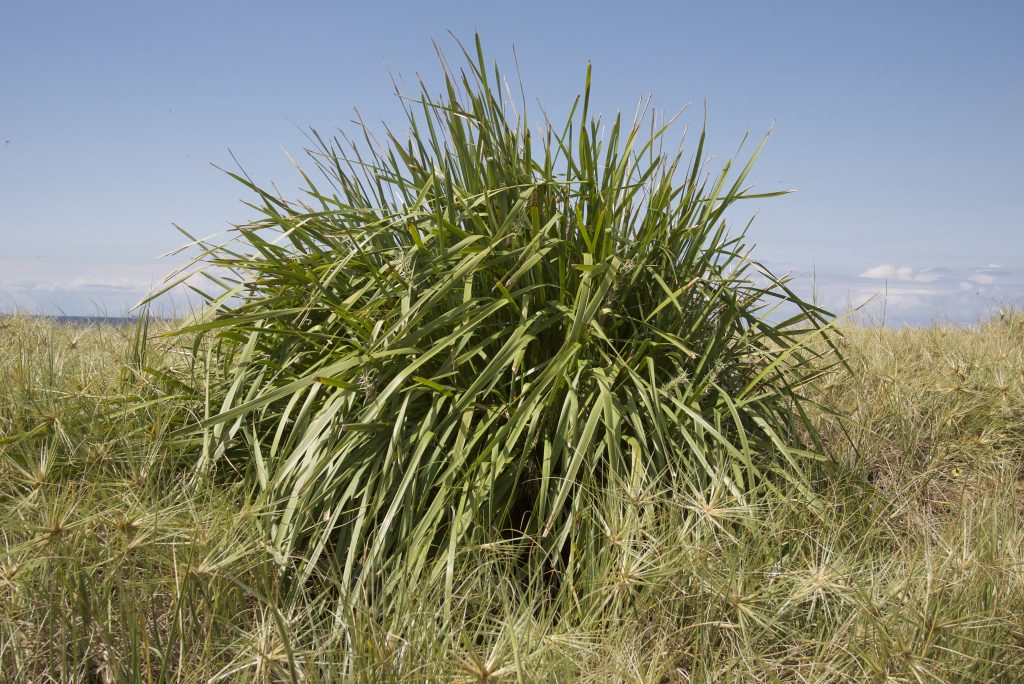
All these photos show Lomandra longifolia growing in sand dunes right next to the beach but you will also find it along creeks edges and in open forests.
In the garden you can prune in early spring to encourage new growth and a denser shape. The plant will be a little more sparse and spreading if you leave it to develop as is, and it will do best in well drained soil. It has a great effect mat planted and provides warm habitat for lizards and skinks under the fountain of leaves.
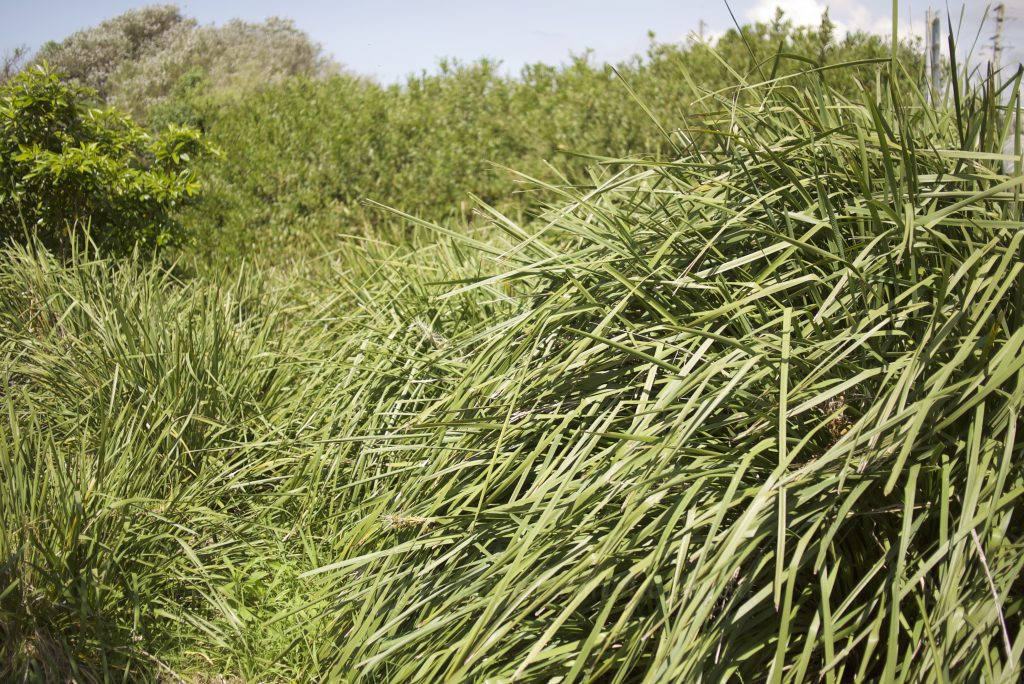


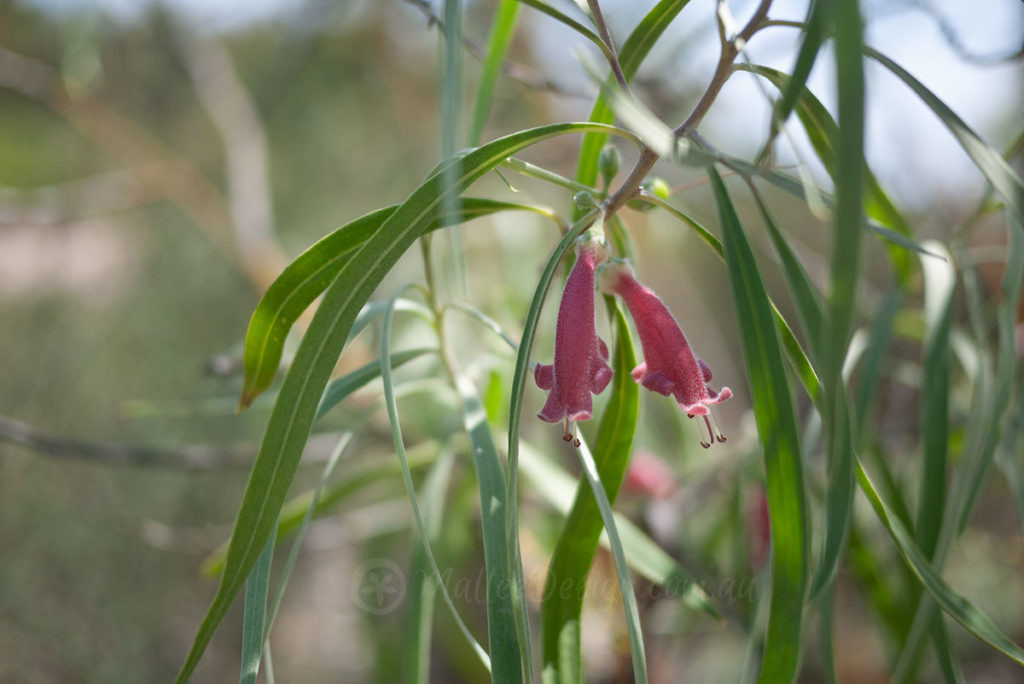

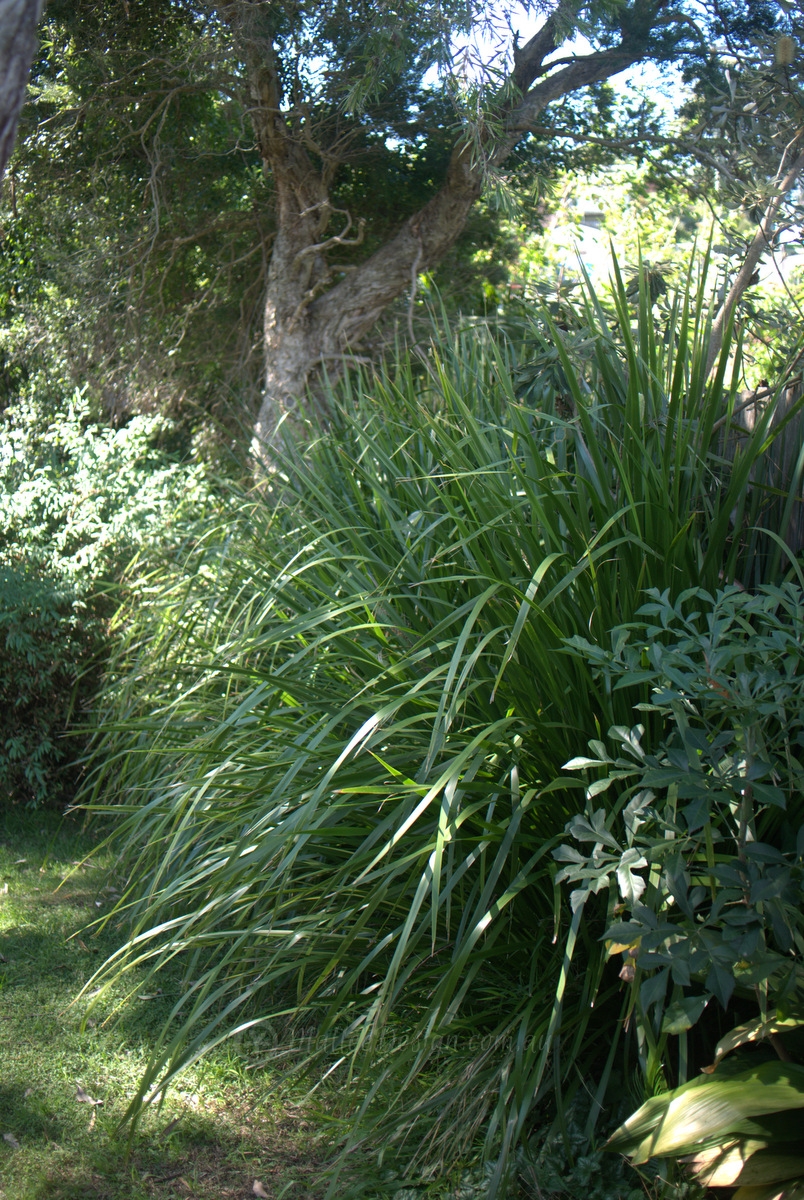
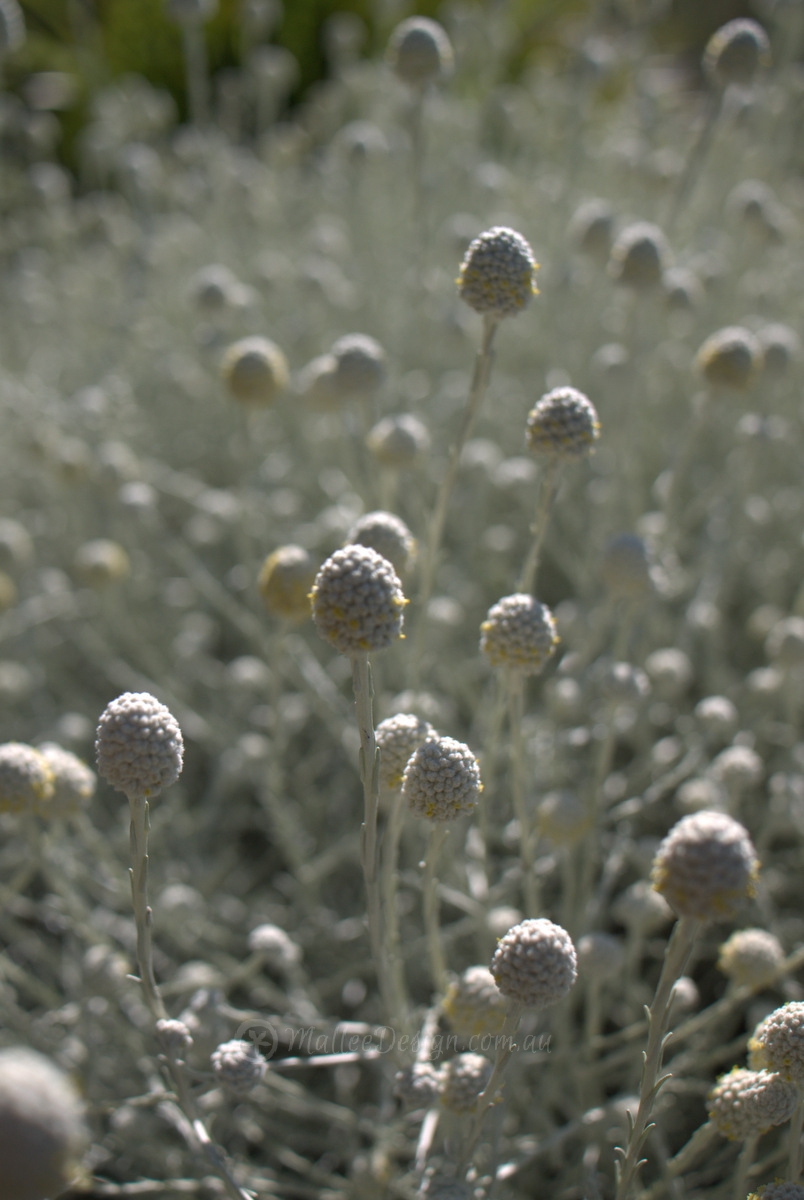
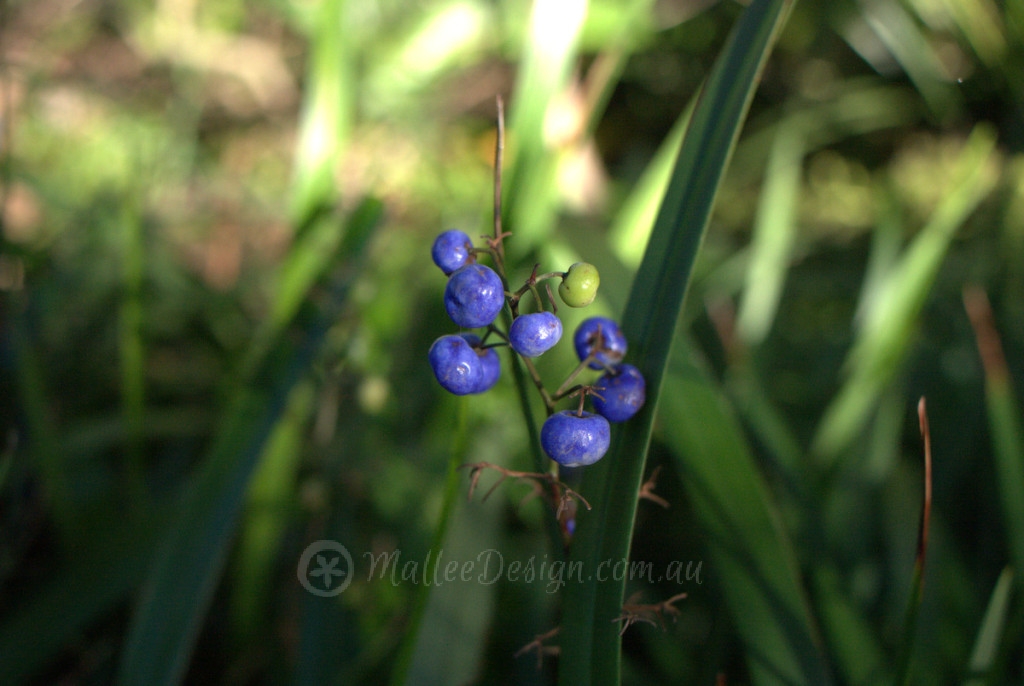
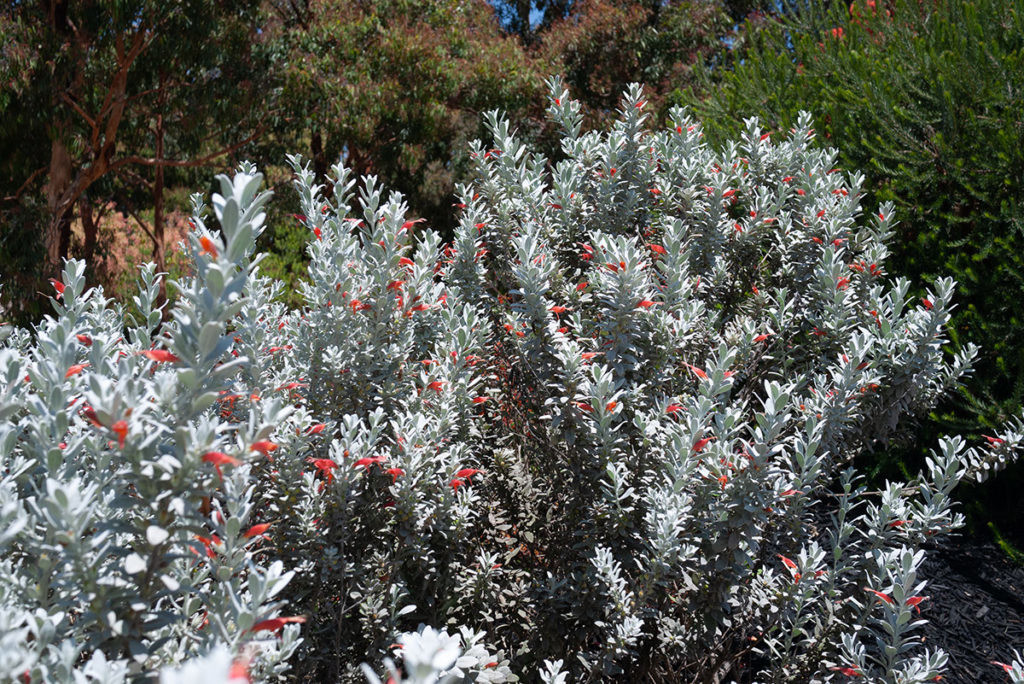
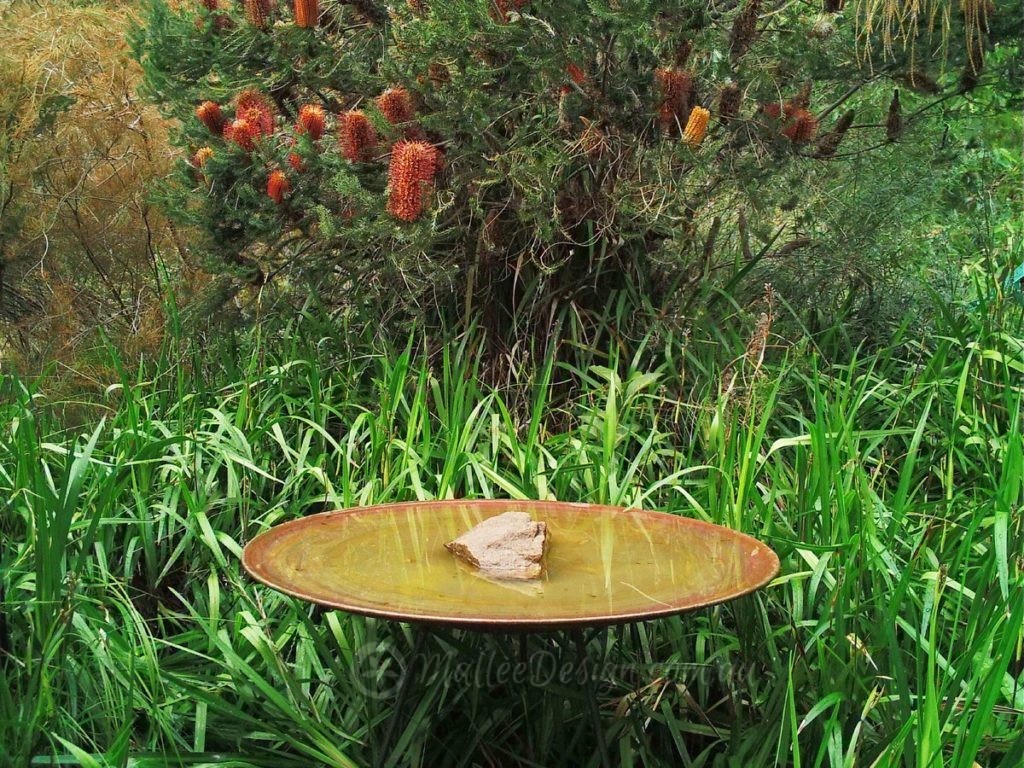
Leave a Reply